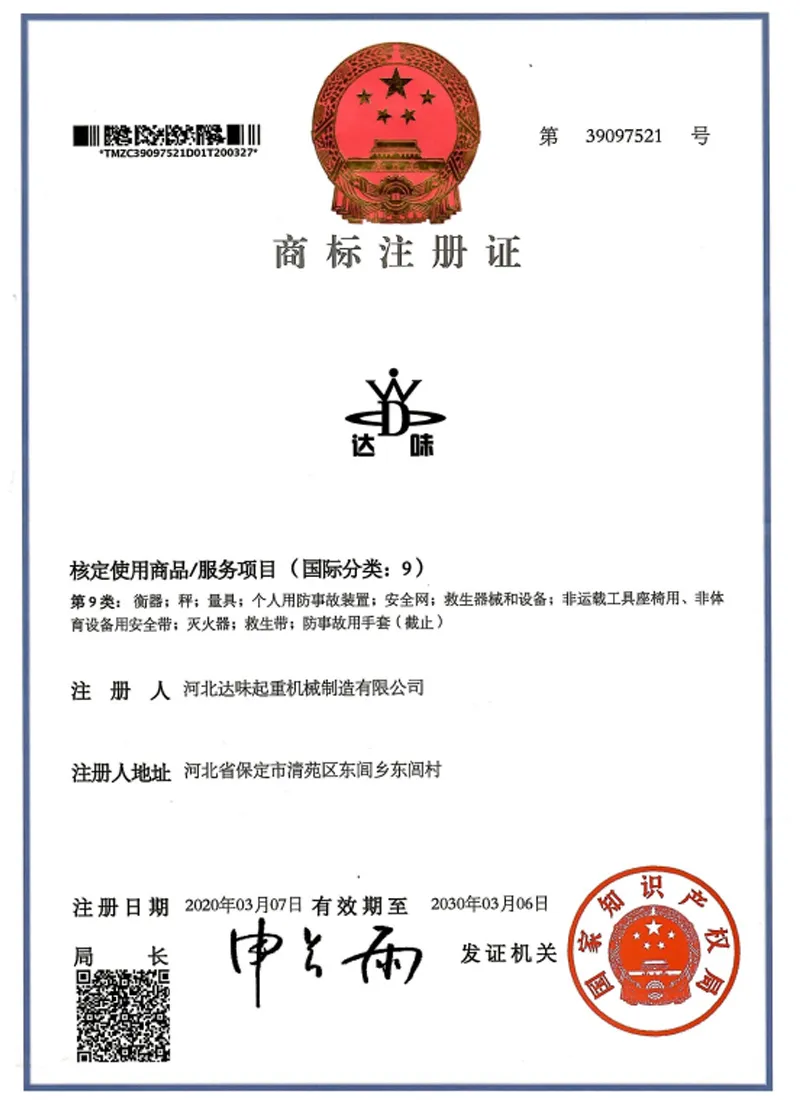cost to move heavy equipment
Understanding the Costs to Move Heavy Equipment
Moving heavy equipment can be a daunting task, not only due to the physical challenges involved but also because of the various costs associated with the process. Whether it’s for a construction project, mining operation, or industrial facility, understanding the cost factors involved in relocating heavy machinery is essential for effective budgeting and planning.
Direct Costs Involved in Moving Heavy Equipment
1. Transport Fees The primary cost associated with moving heavy equipment is the transportation fee. This can vary significantly based on the distance the equipment needs to be transported, the type of equipment, and the method of transportation chosen. For instance, transporting a bulldozer across a state may require special permits, while local moves might involve less regulatory overhead. Common methods of transport include flatbed trucks, lowboys, and sometimes rail transport for long distances.
2. Loading and Unloading Heavy equipment requires specialized machinery for loading and unloading, which can also contribute to the overall cost. Cranes, forklifts, and other heavy machinery might be needed to manage these tasks, and the rental or labor costs must be factored into the budget. Additionally, the more complex the equipment, the more careful attention must be paid to ensure safe loading and unloading, potentially leading to higher costs.
3. Insurance and Permits Given the value of heavy equipment, obtaining proper insurance coverage is crucial. Many transport companies will require that the equipment is insured during transit; therefore, buyers must consider this added expense. Furthermore, special permits may be required for transporting oversized loads, adding another layer of complexity and cost.
4. Labor Costs Skilled labor is necessary for the moving process, and this can be another significant cost factor. This includes hiring operators for the equipment needed for lifting, loading, and securing heavy loads, as well as riggers and other specialists who understand the best practices for moving heavy machinery safely.
5. Downtime When heavy equipment is moved, there is often a period of downtime during which the machinery is not operational. This can lead to lost productivity, especially in industries where every hour of operation translates to job progress and revenue generation. Estimating the potential impact of downtime is an important consideration when planning logistics for moving heavy equipment.
cost to move heavy equipment

Strategies to Minimize Costs
To minimize the costs associated with moving heavy equipment, businesses can implement several strategies.
- Plan Ahead Proper planning can save considerable amounts of money. Understanding the equipment specifications, coordinating transport schedules, and preparing for potential delays can help reduce unexpected expenses.
- Hire Experienced Professionals Investing in a reputable logistics company with experience in transporting heavy equipment can help ensure that the move is executed efficiently and safely, minimizing potential risks that could lead to extra costs.
- Evaluate Multiple Quotes Obtaining quotes from different transport companies can help identify the best deal. Be sure to consider not just the cost but also the reputation and reliability of the service provider.
- Utilize the Right Equipment Ensuring that the right type of transport vehicle is used for the job can prevent unnecessary complications and costs. Heavy machinery should always be loaded onto vehicles that meet their weight and size specifications.
In summary, while moving heavy equipment can incur significant costs, careful planning and strategic decision-making can help manage and potentially reduce these expenses. By understanding the various factors involved and taking a proactive approach, businesses can ensure a smoother and more cost-effective moving process.
-
Unlock Seamless Relocation with Our Heavy Equipment Moving ExpertiseNewsJun.06,2025
-
Unleash Unrivaled Flexibility with Our Adjustable Gantry CraneNewsJun.06,2025
-
Unleash Heavy-Duty Efficiency with Our Industrial Gantry Crane SolutionsNewsJun.06,2025
-
Revolutionize Steel Handling with Our Magnetic Lifter RangeNewsJun.06,2025
-
Master Equipment Mobility with Premium Machinery Mover SolutionsNewsJun.06,2025
-
Elevate Your Material Handling with Magnetic Lifter TechnologyNewsJun.06,2025
-
YS Permanent Lifting Magnets: The Smarter Way to Handle SteelNewsMay.22,2025
